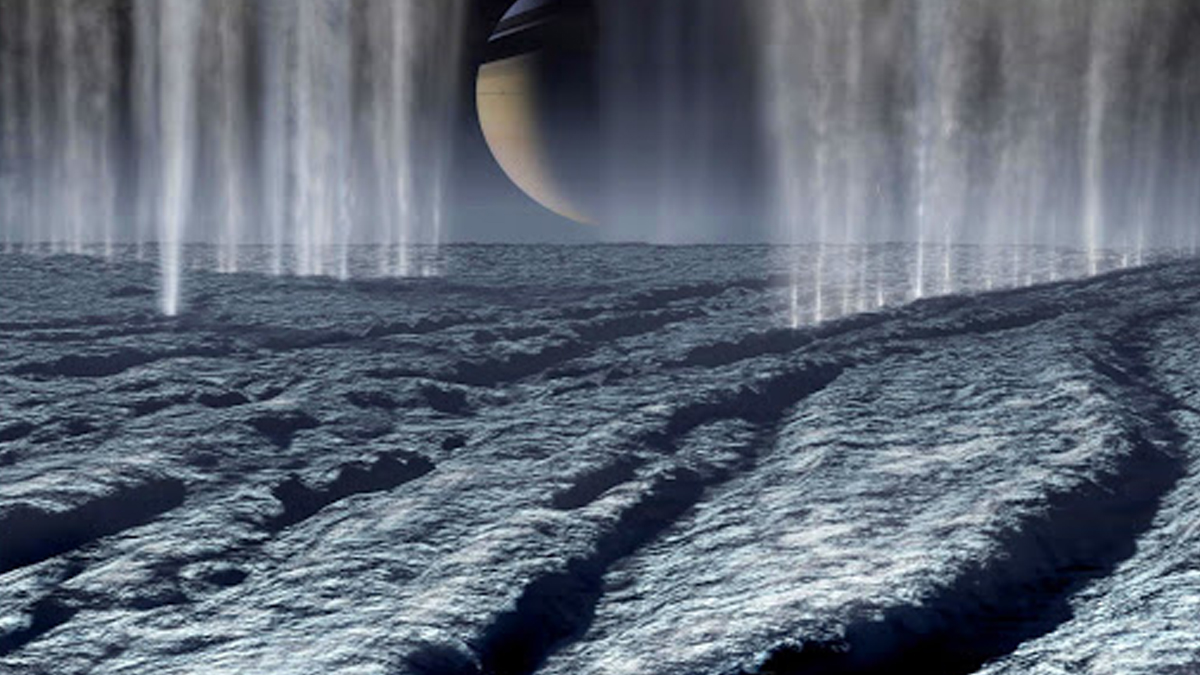The Universe
Scientists Find Possible New Signs of Alien Life on Saturn’s Icy Moon
New evidence collected by NASA offers intriguing details on the chemicals in water plumes erupting from Saturn’s moon Enceladus.

A new study suggests that Saturn moon Enceladus, which is covered in an icy crust, could be a great place for life to exist.
New evidence collected by NASA’s retired Cassini spacecraft offers tantalizing details on the chemical makeup of the water plumes erupting from Enceladus.
The heavy amount of methane – a gas associated with life on Earth – suggests that underneath the icy crust of Enceladus, there could be a huge ocean of briny water potentially teeming with life.
The new study by researchers from the University of Arizona and Paris Sciences & Lettres University also found that there was a relatively high concentration of molecules of dihydrogen and carbon dioxide.
“We wanted to know: Could Earthlike microbes that ‘eat’ the dihydrogen and produce methane explain the surprisingly large amount of methane detected by Cassini?” asked University of Arizona associate professor and lead author of the study Prof. Regis Ferriere.
Scientists have long speculated that conditions on Enceladus, with its subsurface ocean and sources of warmth, could be conducive to the development of living creatures.
However, one possible explanation for the chemical composition of water on Enceladus could be the existence of microbes on the Saturn moon.
“In other words, we can’t discard the ‘life hypothesis’ as highly improbable,” Ferriere noted. “To reject the life hypothesis, we need more data from future missions.”
Confirmation of the “life hypothesis” will likely remain elusive for the foreseeable future.
“Searching for such microbes, known as methanogens, at Enceladus’ seafloor would require extremely challenging deep-dive missions that are not in sight for several decades,” Ferriere said.
Typos, corrections and/or news tips? Email us at Contact@TheMindUnleashed.com
